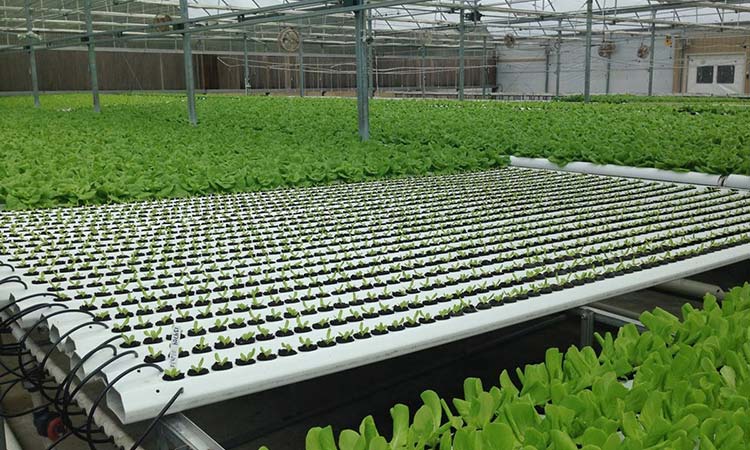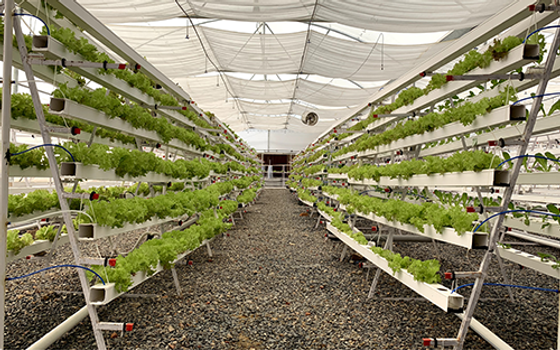Hydroponic farm setup
Revolutionizing Agriculture: A Comprehensive Guide to Hydroponic Farm Setup
In the dynamic realm of modern agriculture, hydroponic farm setups stand as a beacon of innovation, offering a sustainable and efficient alternative to traditional soil-based farming methods. With the ability to produce high yields in limited space and under controlled conditions, hydroponic farms are reshaping the landscape of food production worldwide. Let’s delve into the essential components and steps involved in setting up a hydroponic farm to unlock its full potential.
1. Site Selection and Infrastructure:
Choosing the right location is paramount when setting up a hydroponic farm. Consider factors such as access to water, electricity, and transportation, as well as environmental conditions like temperature and humidity. Depending on the scale of your operation, you may opt for an indoor facility, greenhouse, or outdoor setup.

2. Designing the Hydroponic System:
Selecting the appropriate hydroponic system is crucial for the success of your farm. Common types include Deep Water Culture (DWC), Nutrient Film Technique (NFT), Ebb and Flow, and Aeroponics. Each system has its advantages and suitability for different crops and growing environments.
3. Procuring Equipment and Supplies:
Invest in high-quality equipment and supplies tailored to your chosen hydroponic system. This may include grow trays, reservoir tanks, pumps, tubing, grow lights (if growing indoors), pH and nutrient meters, as well as growing mediums like perlite, vermiculite, or coconut coir.

4. Nutrient Management:
Develop a nutrient management plan to ensure that your plants receive the essential elements they need for healthy growth. Invest in quality hydroponic nutrients and monitor nutrient levels regularly to prevent deficiencies or imbalances. Adjust pH levels as necessary to optimize nutrient uptake.
5. Environmental Control:
Maintaining optimal environmental conditions is essential for maximizing crop yields and quality. Install climate control systems to regulate temperature, humidity, and airflow within your hydroponic farm. Consider supplemental lighting to provide consistent light levels, especially in indoor or greenhouse setups.

6. Crop Selection and Cultivation:
Choose crops that are well-suited to hydroponic farming and align with market demand. Leafy greens, herbs, tomatoes, cucumbers, peppers, and strawberries are popular choices for hydroponic cultivation. Follow best practices for seed selection, germination, transplanting, and crop management to ensure a successful harvest.
7. Pest and Disease Management:
Implement integrated pest management (IPM) strategies to prevent and control pests and diseases in your hydroponic farm. This may include physical barriers, biological controls, and cultural practices to minimize the use of chemical pesticides and ensure the health of your crops.

8. Monitoring and Maintenance:
Regular monitoring and maintenance are essential to keep your hydroponic farm running smoothly. Check nutrient levels, pH, and EC (electrical conductivity) regularly and adjust as needed. Inspect equipment for signs of wear or malfunction and perform routine cleaning and sanitation to prevent contamination.
Conclusion:
Setting up a hydroponic farm requires careful planning, investment, and dedication, but the rewards can be substantial. By harnessing the power of hydroponics, you can produce fresh, nutritious crops year-round, minimize water usage, and reduce environmental impact. With proper setup and management, your hydroponic farm has the potential to thrive and contribute to a more sustainable future for agriculture.


Dejar un comentario
¿Quieres unirte a la conversación?Siéntete libre de contribuir!